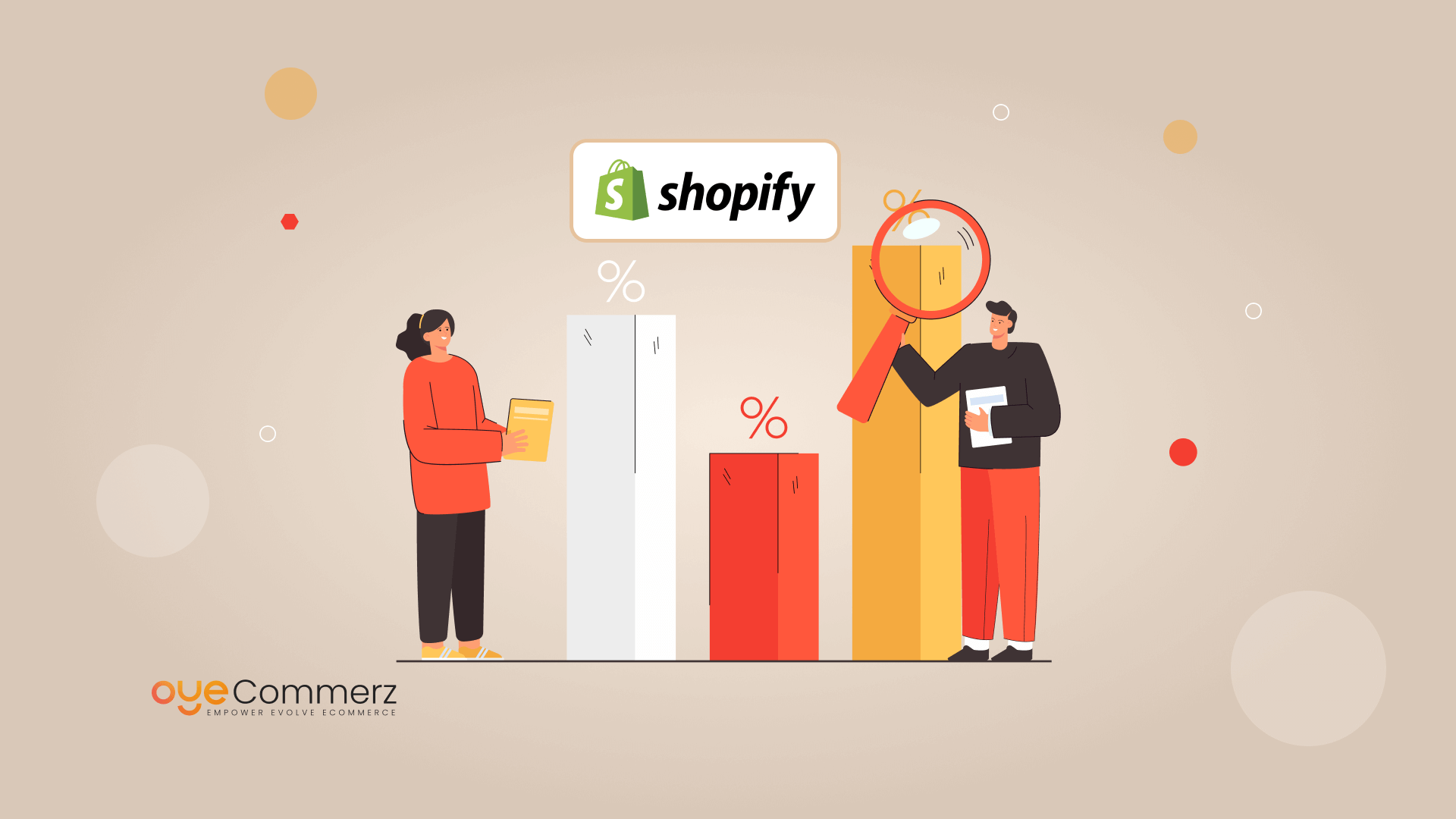
Introduction
In the current competitive e-commerce landscape, Shopify store owners are always searching for strategies to boost profits and streamline their business processes. One powerful approach is through tailored Shopify apps tailored to meet individual operational goals. Integrating with the Shopify API and using tools like the Polaris design system, such applications equip companies to expand effectively while boosting customer engagement. In this post, we’ll dive into essential elements of Shopify app-building, from visual design concerns and essential features to recommended strategies for upkeeping and scaling apps effectively.
1. Grasping Shopify API Linkage
A solid grasp of Shopify’s Application Programming Interface—including Representational State Transfer and GraphQL—is essential for developing robust Shopify applications. With these APIs, programmers can access, modify, and manage information within a Shopify shop. The Graph Query Language interface offers optimized information processing, allowing for quicker replies by obtaining only the necessary information. Linking to the API permits app creators to adapt app functionality to the company’s particular demands, offering a smooth customer interaction that boosts store efficiency and sales.
2. Leveraging the Polaris Design System
Shopify’s Polaris design system helps developers to create a consistent and intuitive interface across Shopify applications. Polaris gives a suite of elements and recommended practices that complement Shopify’s visual standards, allowing apps appear native within the Shopify environment. This approach doesn’t just aids natural customer touchpoints but also aids preserve branding uniformity, an critical aspect in creating credibility with customers.
3. Building within the Shopify App Ecosystem
The Shopify app ecosystem is extensive, enabling developers to build embedded Shopify applications that operate inside a store's admin panel. Integrated applications streamline the customer journey by linking smoothly within Shopify’s platform, eliminating the necessity for distinct sign-ins or additional navigation. For creators, using Node.js for backend tasks and React.js for the UI has emerged as a preferred choice, as these frameworks allow expandable, adaptive apps that deliver an top-notch UX.
4. Key Components for Shopify Applications
A successful Shopify app must have capabilities that address critical pain points in the digital sales process. Webhooks for real-time notifications, bespoke design customization options, and multi-platform sales capabilities are vital aspects that can enhance business oversight and user interactions. By implementing these functions, Shopify apps don’t just streamline in-house tasks but also improve the end-user satisfaction.
5. Key Strategies for App Development
When developing Shopify apps, it’s essential to maintain industry best practices. Support plans such as regular updates, user assistance, and safety measures are critical for sustaining consumer confidence. Digital marketing for Shopify applications can also be used to increase app visibility and user base. Customer engagement tactics, such as push notifications and reward systems, are key for retaining users and fostering a devoted customer base.
6. Expanding Shopify Applications for Future Demand
As Shopify businesses scale, expanding app capabilities becomes vital to handle increased traffic and functionality demands. Adopting cloud-based setups and focusing on efficient data handling through GraphQL can help apps scale without lagging. It’s just as crucial to have a roadmap for growing the app’s backend systems to manage increased demand, including a checklist for selecting a development partner with expertise in Shopify applications.
7. Evaluating the Expense of Building Shopify Applications
Developing personalized Shopify applications can differ widely in investment depending on the features, linkages, and personalization necessary. Essential features like data connections, customer engagement tools, and digital marketing capabilities can increase expenses. However, the revenue benefits is often worthwhile, as these applications can significantly enhance Shopify app hosting profits and streamline business processes.
8. Upkeep Approaches
Maintaining an app is equally necessary as developing it. Regular updates to resolve issues, enhance protection, and maintain integration with the new Shopify versions are key. Forward-thinking upkeep methods also involve client help and feature enhancements that align with evolving e-commerce trends.
9. Resources for Building Shopify Applications
Shopify provides various tools to simplify the app-building journey, from software platforms like JavaScript runtime and React.js framework to automated notifications for real-time updates. Platforms including Shopify’s CLI enhance the development workflow, while Shopify App Bridge enables embedded apps to interact seamlessly with Shopify’s admin interface. Such tools are essential for building applications that are both effective and user-friendly.
10. Future Trends in Shopify App Development
The future of Shopify app creation is promising, with innovations moving towards artificial intelligence capabilities, expanded multi-platform integration, and new application add-ons. As online shopping progresses, developers will need to stay ahead new directions to create applications that don’t just satisfy but surpass user expectations.
Final Thoughts
Personalized Shopify software provide a powerful solution for digital retailers to expand with ease, increase revenue, and streamline operations. From cross-channel capabilities connecting with data interfaces and the Polaris design system to advanced features and support methods, every component of Shopify application building plays a key role in delivering a user-friendly journey for shoppers. As Shopify continues to innovate, keeping up with future trends in app development will allow businesses fully utilize Shopify’s extensive platform, solidifying their place in the digital retail industry.
Comments on “Maximize Revenue and Efficiency with Custom Shopify Applications Designed to Grow”